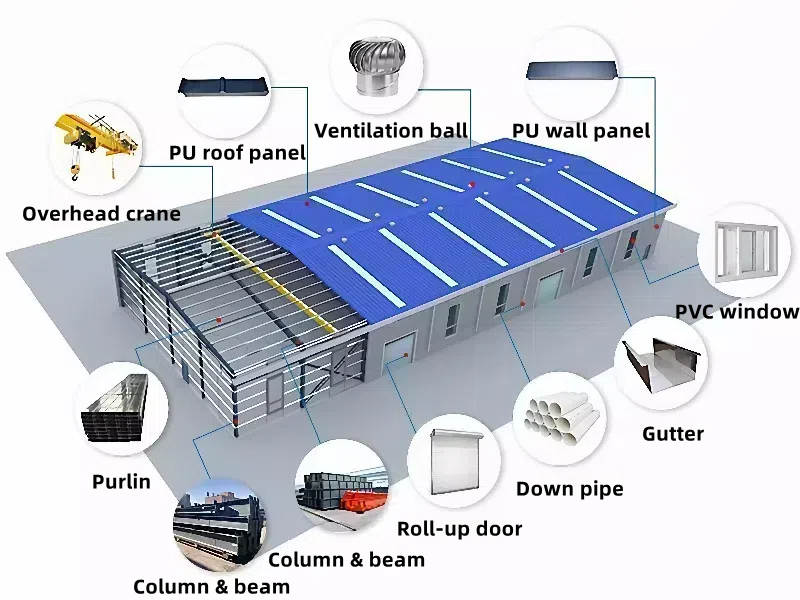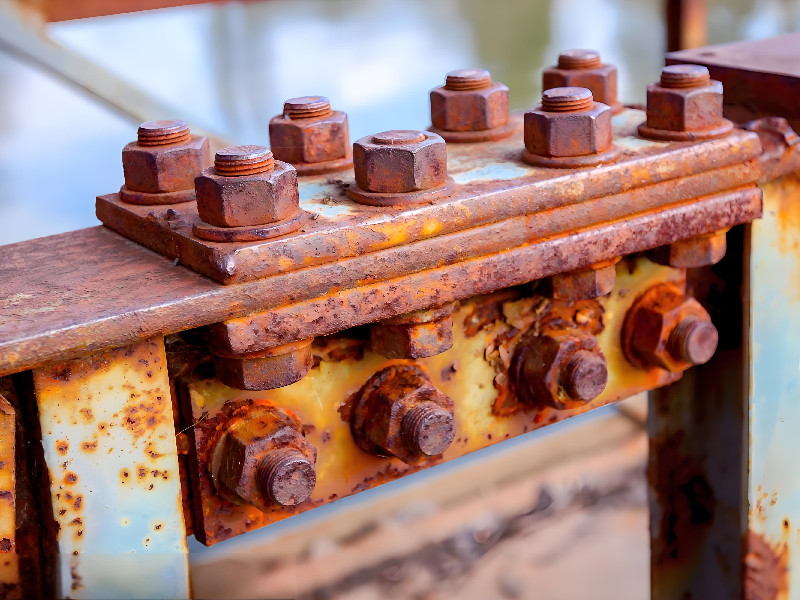New Anti-Corrosion Additives: The Guardian Angels of Metal Silos and Steel Structures
Nov 16, 2024
In the realm of industry, the issue of metal part corrosion has long been a thorn in our side. Not only does it lead to a decline in equipment performance, but it can also trigger safety incidents and increase maintenance costs. Fortunately, with the advancement of technology, research on new anti-corrosion additives has provided us with solutions. We will explore how these new anti-corrosion additives significantly enhance the rust-proofing performance of metal silos and steel structures.
The Challenge of Rust for Metal Silos and Steel Structures
Metal silos and steel structures are widely used in construction and industry due to their strength and durability. However, they also face the serious challenge of corrosion. Corrosion not only affects the integrity of the structure but can also lead to material loss and environmental pollution. Therefore, developing effective anti-corrosion additives is crucial for extending the service life of these structures.
Advances in Research on New Anti-Corrosion Additives
The latest research indicates that sulfonate-based anti-corrosion agents with different alkalinity values show significant differences in rust prevention performance. By delving into the mechanisms of sulfonate rust prevention, scientists have been able to design more efficient formulas for anti-corrosion composites. These composites not only provide stronger protection against rust but also adapt to various working environments and requirements.
Impact on Metal Components
The impact of new anti-corrosion additives on metal components or metal fabrication parts is remarkable. They can form a protective layer on the metal surface, isolating it from water and oxygen, thus slowing down the corrosion process. Moreover, these additives are also penetrating, capable of reaching into the tiny cracks in the metal surface to remove existing rust and corrosion.
Specific Impact on Metal Silos and Steel Structures
For metal silos and steel structures, the application of new anti-corrosion additives can significantly improve their durability and safety. They can form a uniform protective layer on the surface of these structures, reducing the decrease in structural strength and maintenance costs caused by corrosion. In addition, the environmentally friendly nature of these additives means that they do not impose additional burdens on the environment during use.
Research and application of new anti-corrosion additives offer new solutions for the maintenance of metal silos and steel structures. They not only extend the service life of these structures but also enhance their safety and environmental friendliness. As research progresses, we have every reason to believe that these new additives will play an increasingly important role in the field of industrial rust prevention.
ĐỌC THÊM

